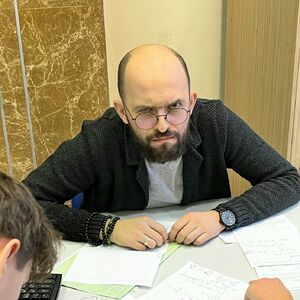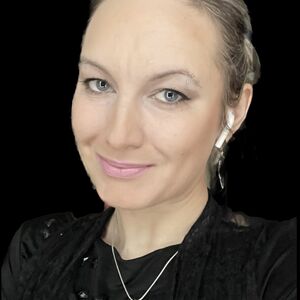11469-1 (661252), страница 4
Текст из файла (страница 4)
Project work includes a lot of practical activities through which learners develop all skills and knowledge even in different school subjects. Project work is an example of the co-operative learning. In big classes it is possible to organise dynamic and creative teaching with the help of such teaching/learning organization forms as pair and group work.
Bibliography
1. Cooper, J.O., & Edge, D. Parenty “Strategies and Educational Methods” Columbus, Ohio: Charles E. Merrill, - 1981,- 250 p.
2. Edge, Julian. “Cooperative Development”. Longman, - 1992,- 106 p.
3. Janet Ever “Cross –curricular Topics in Teaching English to Young Learners RaKa, 2002
4. Feldman, G.G. “Speech and Language Service” Reston,VA: 1997, - 376 p.
5. Jill Hadfield “Elementary Vocabulary Games”. Longman, - 1998.
6. Jemery Harmer “How to Teach English”. Addison Wesley Longman, !998, - p.87-96 . – p.115-119
7. Haines, Simon.” Projects for the EFL Classroom”. Edinburgh: Nelson, 1989, -108 p.
8. Hutchinson, Tom, Project English 2, Teachers Book. Oxford, University Press,, 1986, - 120 p.
9. Longman Dictionary of English Language and Culture. Longman Group UK Limited, -1982, GB, -1528 p.
10.Legutke, Michael & Thomas, Howard. Process and Experience in the Language Classroom. London & New York: Longman Group UK Limited, -1991, -331 p.
11. Piaget J. (1952) “The Origins of Intelligence in children” New-York.
12. Skinner B. F. (1953) “Science and human behaviour” New-York.
13. Stephens, T.M. “ Teaching skills to children with learning and behaviour disorders” Columbus, Ohio: Charles E. Merrill, -1977, -640 p.
14. Ross Vasta “Child Psychology the Modern Science”. J. Wiley& sons,. INC. –1992, - 665p.
15. J. V. Thill, Coutland L. Bover. “Excellent in Business Communication” United States – Case Studies, -1991, -600 p.
16. Vigotsky L. S. (1962) “Though and Language” Cambridge, MA: MIT Press
17. Diana E. Papalia. “Human Development”. Mc Graw-Hill, INC- 1992 - 230 p.
18. Underwood, Mary, Effective Class Management. London: Longman,- - 1987, -96 p.
19. J. Wills “Prevention of Child Maltreatment” A Wiley – Inter science Publication – 1992, - 436 p.
20. William L. “Exceptional Children”. Heward /Michael D. Columbus, Ohio: -1984, -265 p.
21. Wallace, G. “Teaching Children with Learning Problems”. Columbus, Ohio: -1984, - 473 p.
22. Project Work/Ideas for Communicative Language Teaching// An Introductory Booklet for Teachers of English, -2002, p.26-28.
23. http://www.smartown.com. Project –Basic.
24. http://www.cal.projbase.Project - Based Learning for Adult English Language Learners.
Appendix
TABLE 2. Activities for the Topic “My Body”
| Description of activity | Teacher’s Language | Language Skills Focus |
| 1.Sing song and do the actions | Nose, head, shoulders, etc. | Listening, speaking skills |
| 2.Drawing the parts of the body | “Show me…” “What is it?” | Speaking, writing, listening skills |
| 3.To listen to the dialogue | Helping with difficult words | Listening and speaking skills |
| 4. Mime-show | Introduce new words | Speaking, writing, reading, listening skills |
| 5. Measuring your body | Giving instructions | Speaking, listening, reading, writing skills |
| 6. English food | Giving key words. “What is different about English food?” | Reading, listening, speaking skills |
| 7. Game “Healthy Food for Healthy Body” | Questions about the text | Speaking, listening, writing |
| 9.“Table Manners” | Helping with new and difficult words | Reading, speaking, writing, listening |
| 10. Test | Read the first task | Listening, writing, reading, skills |

Figure 1. Types of the Intelligences in Form 4
















